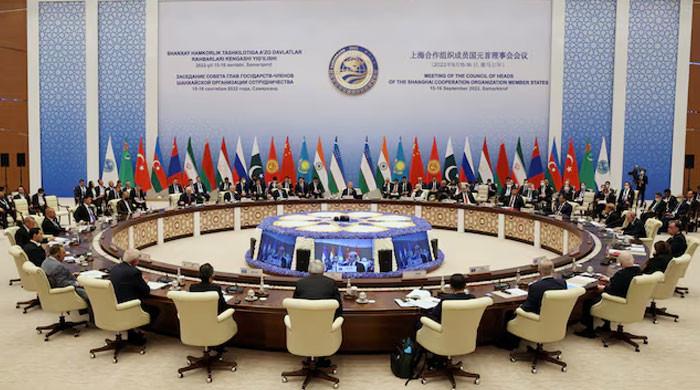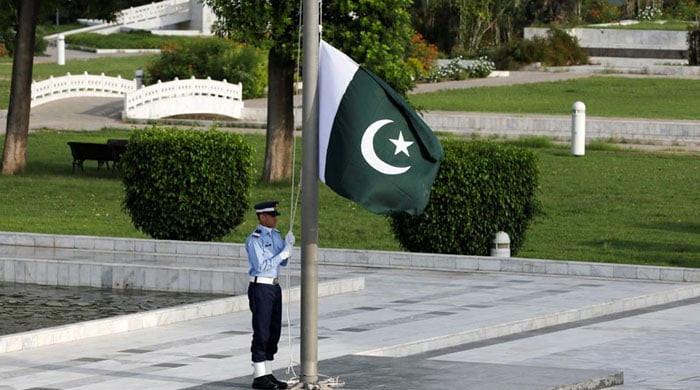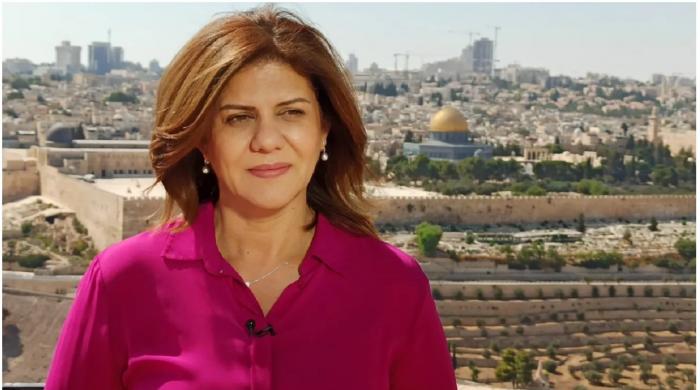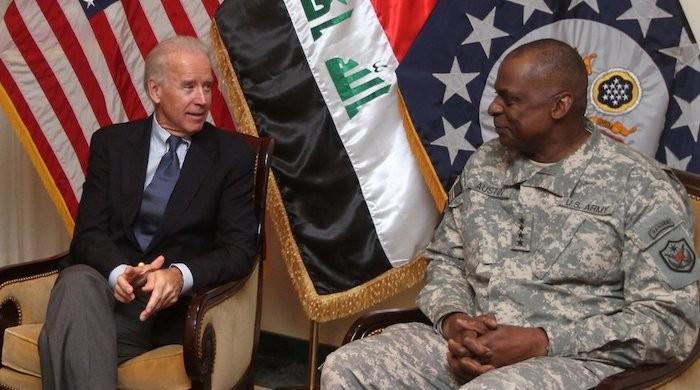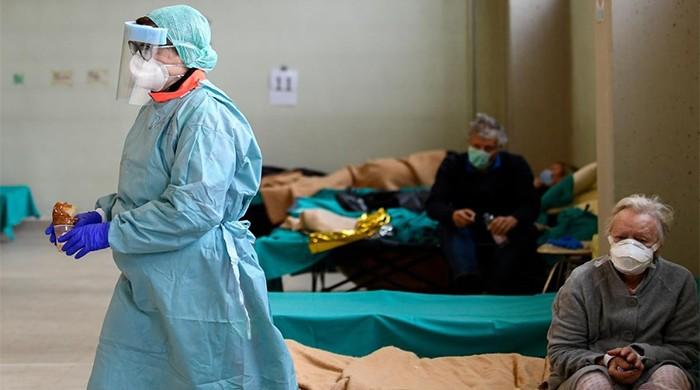Anatomy of Doha peace deal
The script released for media consumption is definitely not the full or original document
March 24, 2020
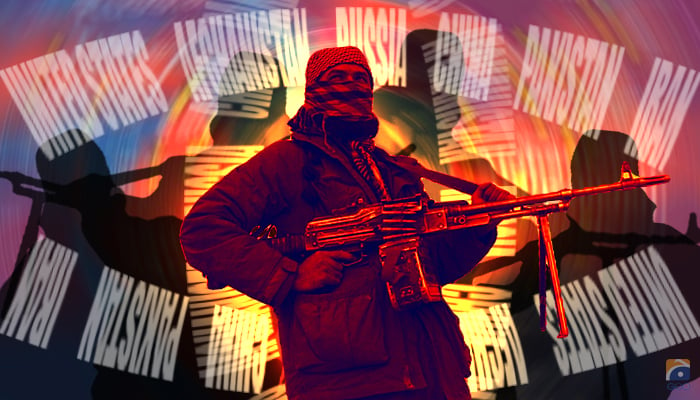
The United States is finally pulling out of Afghanistan in line with the Doha peace deal. However, this seemingly millennial development raises at least four critical questions:
1. Is expecting a complete US withdrawal a pragmatic approach or daydreaming?
2. Is it realistic to expect this deal as a precursor to real peace in Afghanistan?
3. Should the region take a sigh of relief or brace for another violent storm?
And last but not least:
4. Did the US just lay the foundation of Taliban rule in Afghanistan?
However blurry, all answers lie in the shady peace deal itself. But let’s dissect the document first.
The defining moment in the history of Afghanistan was witnessed by almost all the countries that have some stakes there. The global media rightly focused on Taliban Political Chief Mullah Abdul Ghani Baradar and US Special Envoy Zalmay Khalizad as they signed the document on February 29.
Yet, the four-page document available on the US State Department's website has no signature or stamp. Having a glimpse at Baradar’s signature would have shown how the Taliban leader addressed himself at this crucial time.
The script released for media consumption is definitely not the full or original document.
US Secretary of State Mike Pompeo himself acknowledged the presence of additional military implementation documents, while some classified annexures were even shown to the chosen congresspeople. Although elected representatives taken into confidence remain silent about the content, some have admitted that their reservations have not been addressed.
Such lawmakers should at least be thankful for having seen the full picture as many of their colleagues find themselves less trustworthy than the Taliban leaders who know the nitty-gritty of the deal.
The catchy title of the US-Taliban agreement is similar to the one signed after the Vietnam War. Surely, both make bold claims of bringing peace but the content of this comprehensive one appears to have been made in haste.
Let’s zoom in the floated document more closely.
The first line clearly states that it is made in four parts.
The first one mentions the guarantee and enforcement mechanisms that would prevent the use of Afghanistan's soil against the US and its allies. Surprisingly, it is the second part, not the first one, that describes these guarantees in five points.
The second part cites guarantee, enforcement mechanism, and the announcement of a timeline for the US and coalition troops' withdrawal. Interestingly, however, the 14-month-long pull-out schedule is discussed in depth in the first part and not the second one.
The third points out March 10 as the date of starting the intra-Afghan dialogue — which, unfortunately, did not materialise. It is, once again, strange to see that the whole episode is also discussed in the first part (C, D and E).
On the other hand, the third part deals with the US commitment that it would request the United Nations Security Council (UNSC) to endorse the deal (that Washington duly did).
The fourth and last part specifies the efforts to reach a future political roadmap of Afghanistan. Finding the situation too volatile for this giant leap, the document ends before giving it a heading or indicating anything further.
Negotiated over the past 18 months, this deal has seen so many ups and downs that one may give some benefit of doubt to those who turned over the corner. In any case, by going through it, one can decipher some clues about the future of this war-torn nation.
The draft's authors have made it known that under Taliban, no group or organisation would be able to threaten US or its allies. It’s remarkable that Washington has secured itself as well as those with shared interests.
How about Russia, China, Iran, and other regional countries?
Should they also seek bilateral agreements to secure borders?
The most probable answer seems yes.
At least, one of the significant countries that played the most crucial part in the peace process was just offered "facilitation". It's strange that the ones who had thanked Pakistan for making Doha deal possible offered themselves as peace-broker. And, that too, on the very day the deal was materialised.
The fourth and fifth points of the second part are also meaningful.
They state that: "Taliban are committed to deal with those seeking asylum in Afghanistan. And, they will not provide visas, passports, travel permits, or other legal documents to those who pose a threat to the security of the United States and its allies to enter Afghanistan."
The implementation of these points mean that anyone who was to seek political asylum in Afghanistan may have to take an oath to remain neutral against the US, the UK, and European countries.
It’s a wonderful development as some of these countries are blamed for offering asylum to those who incite violence or conspire to change regimes in the developing world. The very paragraph also signals as to who would be the in-charge of Afghanistan's internal and external affairs.
As a matter of fact, the power is slipping away from Kabul administration.
President Ashraf Ghani knows that he is living on a borrowed time and delaying the implementation of the deal is actually his lifeline. So, in the name of national interest, he is making far-fetched demands to the Taliban and blaming his neighbours.
While Ghani, Abdullah Abdullah, and Hamid Karzai should admit their failure in establishing governmental authority over the past 18 years, they are, instead, conspiring against each other to gain maximum power in the upcoming set-up. Infighting, a delay in prisoners' release or prolonging the start of intra-Afghan negotiations should be seen through this lens.
We have seen such futile efforts to grab power only end up strengthening Taliban. Yet, it is debatable if the Taliban have defeated the invaders?
Till the peace deal was signed, the US had lost less than 2,500 servicemen in Afghanistan.
On the other hand, hundreds of thousands of Afghans were killed or wounded.
And, now, let’s come to the most important question: Will the US leave Afghanistan or only reduce its presence? The answer lies in the third part of the peace deal itself.
It reads: "The United States will seek economic cooperation for reconstruction with the new post settlement Afghan Islamic government."
US President Donald Trump — who had warned Iraq that Washington would only quit Baghdad provided it paid billions of dollar invested there — has spoken to Baradar, the Taliban leader, for 35 minutes. The world knows Trump means business.
And if the US stayed in Afghanistan for any good reason, it would most likely need security.




